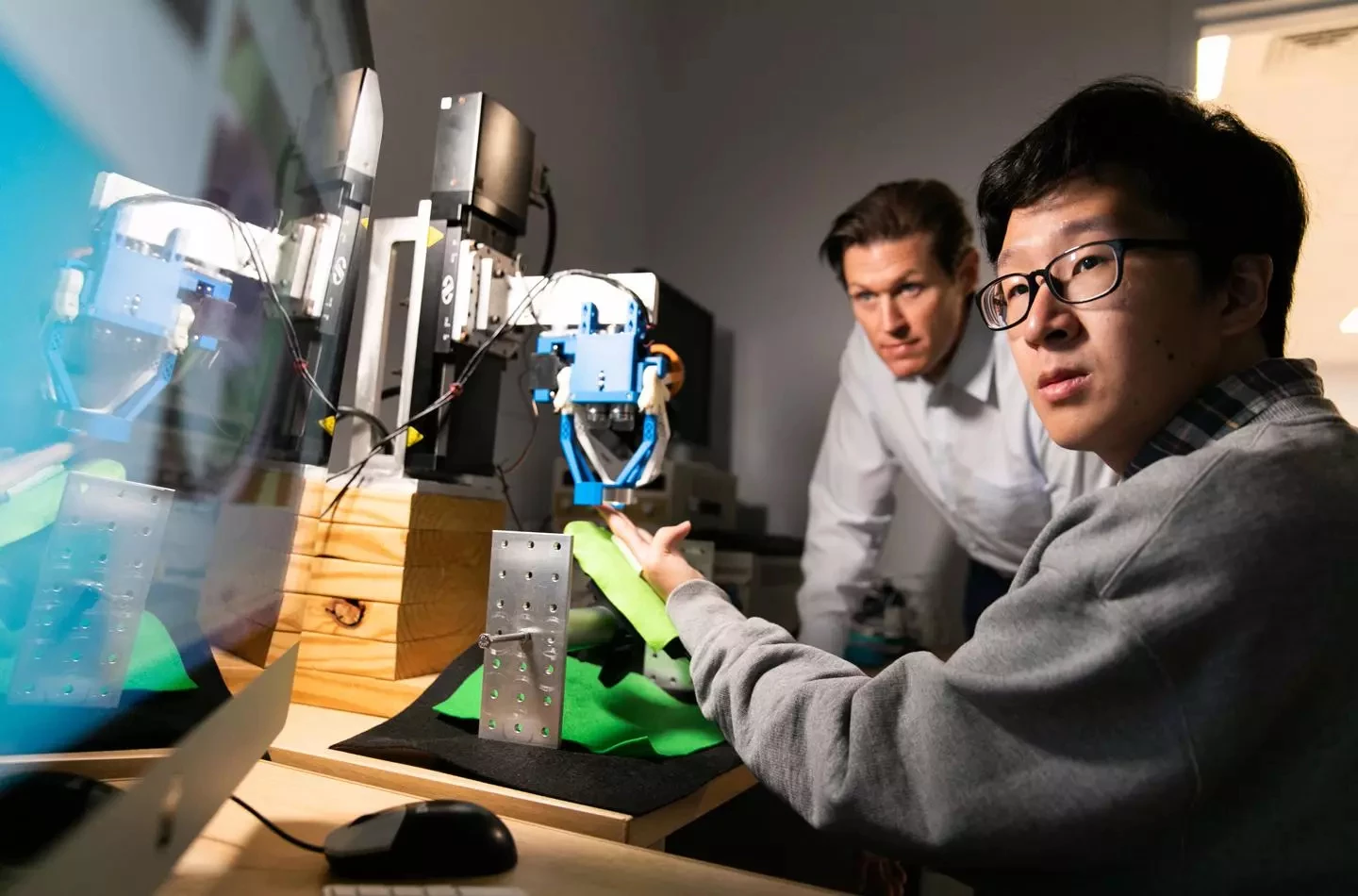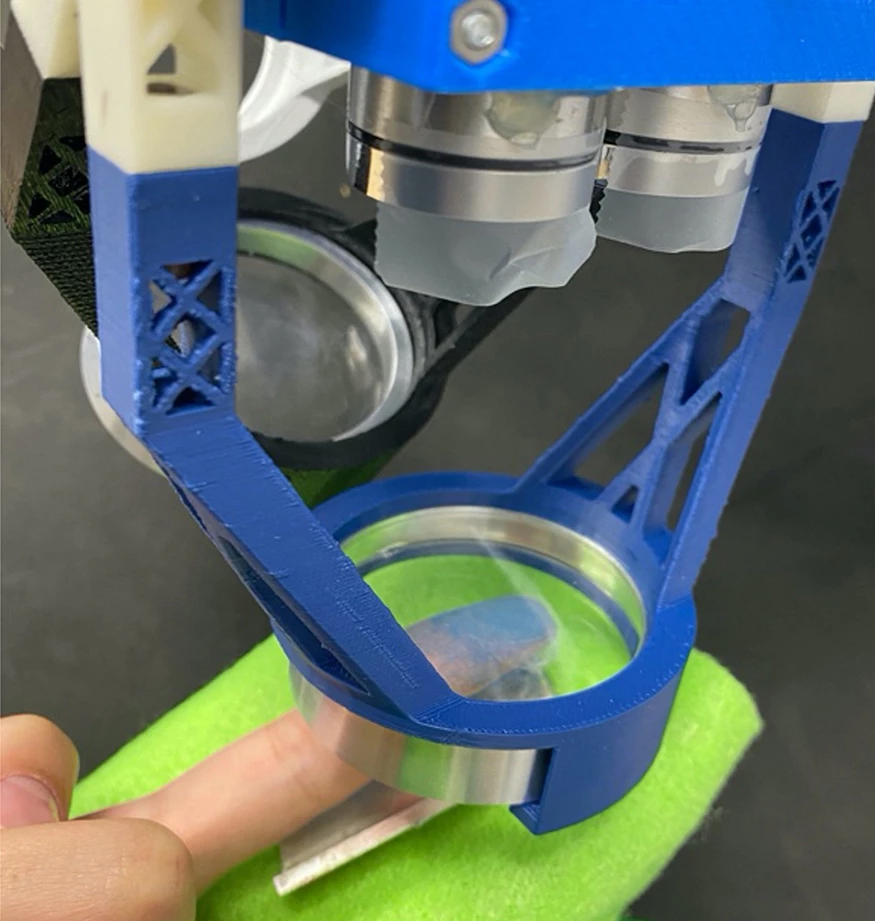Touch is a vital sense in human survival and experience, not for just how it informs personal connections but as an important early warning system for identifying harm. Yet not all touch is equal. Scientists recently discovered how men have lower touch sensitivity than women do, which comes down to biology. In a creative experiment using 3D imaging and biomechanical observations, we now know exactly how the male touch mechanism is less effective – and how hyaluronic acid can get men onto a level playing field when it comes to touch.
Researchers from the University of Virginia (UVA) discovered that women have more finely tuned sensitivity at their fingertips, due to the softness of skin that estrogen helps provide and maintain. In their study, they found that more elastic skin 'deforms' at the point of contact more effectively than stiff skin, which results in better communication from hand to brain.
They undertook an innovative experiment to demonstrate the physics of the touch mechanism and how it matched our perception levels. And as a result it's been a leap forward in understanding touch sensitivity, which is essential in designing better sensors in wearables and prosthetics, as well as for advancing robotics and other biotechnology.
“Basically, we confirmed women are better than men at touch discrimination – although not because they have smaller fingers, but because in general they have softer fingers,” said Gregory J. Gerling, a systems engineer and professor in the School of Engineering and Applied Science at UV.

He heads the Gerling Touch Lab, and is an expert in haptics, the science of touch technology. This area has been of huge focus in recent decades, with the advancement of touch screens and touch-dependent systems in a broad range of technology.
Using new 3D imaging and biomechanical observations of the skin on our fingertips and what happens to it when it comes into contact with another surface, the researchers have for the first time detailed the biological mechanism that gives women a slight advantage over men. They then processed the data of participants pressing their fingertip on a specially designed tracker, using statistical analysis and machine learning, to comprehensively analyze the process of touch and perception.
Forty participants with a diverse range of finger size, skin stiffness and fingerprint ridge breadth, had their fingertips filmed from above as they pressed up on a glass plate positioned under the camera, with the detailed print also assessed. What was discovered was that it wasn't size but softness that provided a greater rate of change in surface contact from fingertip to object. These softer fingertips were better able to distinguish slight changes in the hardness of an object being touched.
“The mechanism seems to be that attributes of surface contact control the recruitment of sensory nerve fibers in the skin” Gerling said.

But back to the hyaluronic acid. This natural component in the body has a host of jobs – from cushioning joints to helping sustain elasticity and viscosity of extracellular substances. A thick, gooey substance, hyaluronic acid is clear but gel-like, and also plays a role in wound-healing, relieving inflammation and in tissue healing. And it's used as an easily tolerated drug delivery vehicle for cancer treatment.
And, the scientists demonstrated, it's something that can boost touch sensitivity. Although hyaluronic acid is a popular addition to cosmetics – in particular skin-rejuvenating and anti-aging products – this area is still understudied in terms of its true efficacy. However, when it was applied to the fingertips of a new cohort of participants, chosen for their skin stiffness characteristics as demonstrated in the 40-person study, the team found a marked difference in how the skin behaved before and after treatment.
"The results show that this treatment significantly and systematically reduced participants’ skin stiffness," the researchers noted. "As well, upon applying hyaluronic acid, participants’ discrimination performance also significantly improved, especially for those with relatively stiffer fingers."
While these small-scale changes observed in the laboratory may not make a huge difference to daily life, men can improve their touch perception with hyaluronic acid. It may also help older skin restore some of the elasticity required for acute touch sensitivity, something that diminishes with age.
The study was published in The Journal of Physiology.
Source: UVA Engineering





